The Appeal of Puerto Plata--Dominican Republic

No one would quibble should you choose to bed down on the golden beaches of the north shore of the Dominican Republic and remain cocooned snugly in the bubble-wrap embrace of the all-inclusive experience at multiple Apple resort destinations. But for those who are natural-born explorers like those who arrived on the first Caribbean cruise in 1492, here’s what’s outside the gate.

One of the principal occupations of Christopher Columbus was giving places names. As he mapped the coast he admired the port here, which is today one of the island’s busiest.

The mountain rising behind the port had silvery misty clouds obscuring its peak and so he called it Monte de Plata: silver mountain. And he called the bay “silver port,” Puerto Plata. Later the name of the mountain was changed to that of a woman who was a major landowner, Isabel de Torres. Silvery clouds still gather on the peak in afternoons.

The only cable car in the Caribbean will take you to the top. The mountain creates its own climate, so sometimes you board the cable car in sunshine and exit on the peak in a light rain.

On the peak is a national park; a tropical paradise even in the periodic mist.
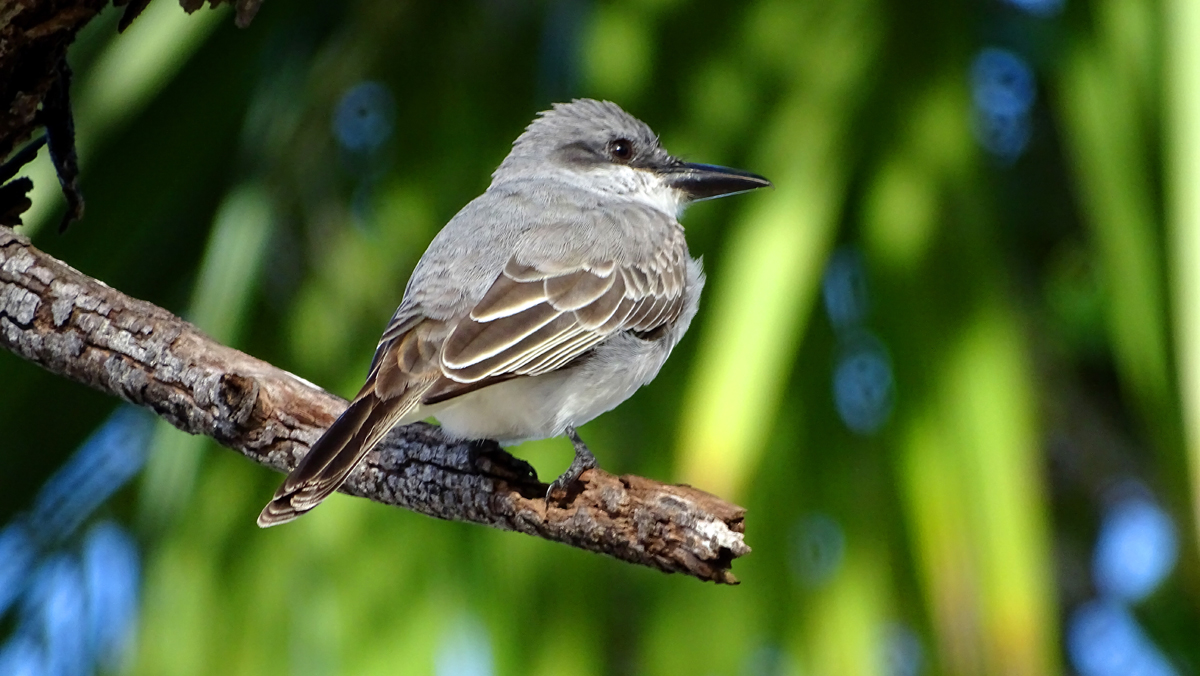
There, endemic birds build homes with the best views in Puerto Plata, like this Gray Kingbird.

The descent offers the most stunning views of the port and fort area, another stop on the City Tour.

Puerto Plata resides on the Amber Coast and the DR is the second largest source of the world’s amber.
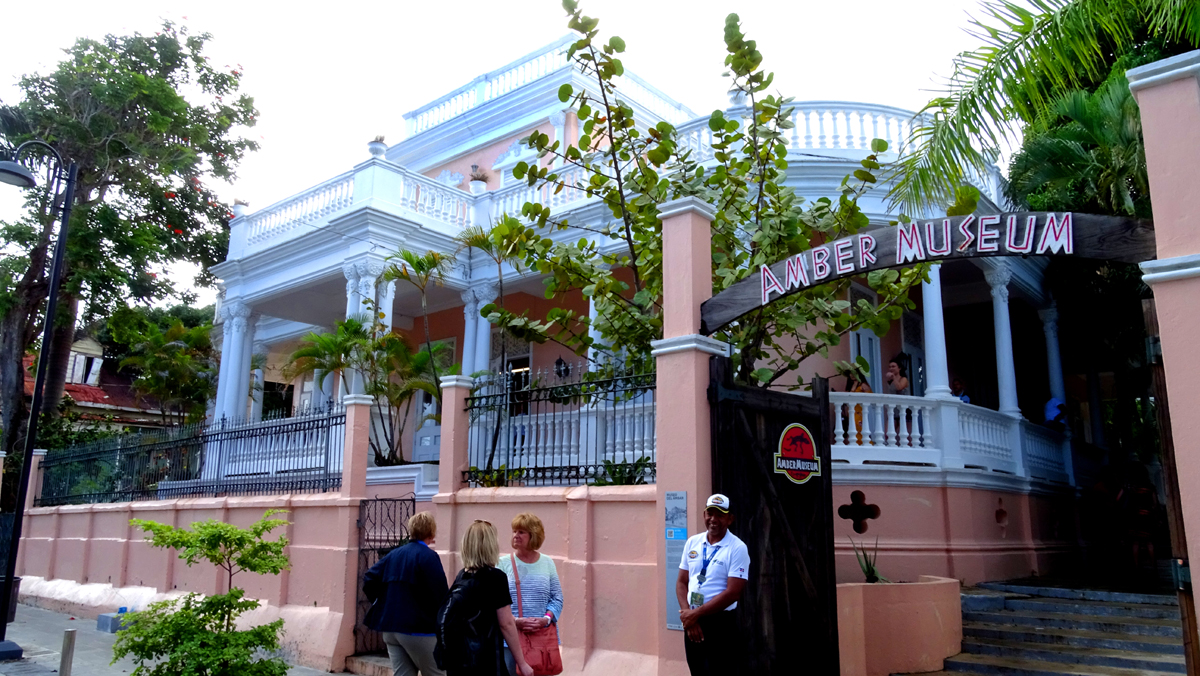
The Amber Museum is tucked inside a vintage Victorian house in the style of many of the 19th century buildings downtown. In Jurassic Park the amber containing biting insects used to create dinosaurs was collected by John Hammond’s scientists at the fictional Mano de Dios Amber Mine in the Dominican Republic. But those scenes were filmed in Kaui, and no fossils of dinosaurs have ever been found in the DR for mosquitoes to have bitten. But it’s a great story and the Amber Museum of Puerto Plata is sticking to it. The Amber Museum web site has a logo nearly identical to the movie but with a fossil lizard skeleton instead of a T-Rex. 11 years before the movie premiered, the museum was founded by an Italian couple who collected amber.

From the museum it’s an easy walk to the town square and the bell towers of the Church of San Felipe.

How long does it take to make a cigar by hand? If you said a minute, close, but no cigar. A veteran cigar roller can make a cigar in 30 seconds and many hundreds in a day.
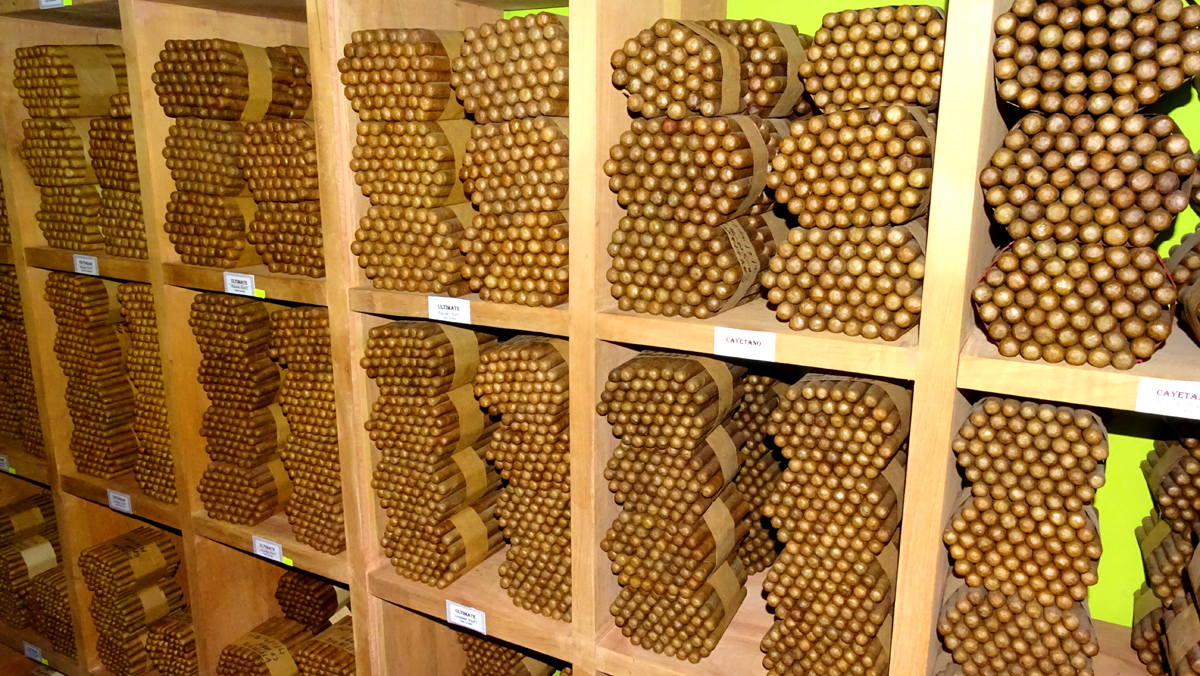
Christopher Columbus saw his first tobacco leaf in 1492 and within a few decades tobacco smoking was sweeping Europe. The richest tobacco-growing land in the Dominican Republic is in a valley about an hour and a half south of Puerto Plata, and the soil is perfect for cultivating the highest quality tobacco. When Cuba cigar makers fled to the DR, they produced cigars that matched the best of Cuba in blind taste tests.
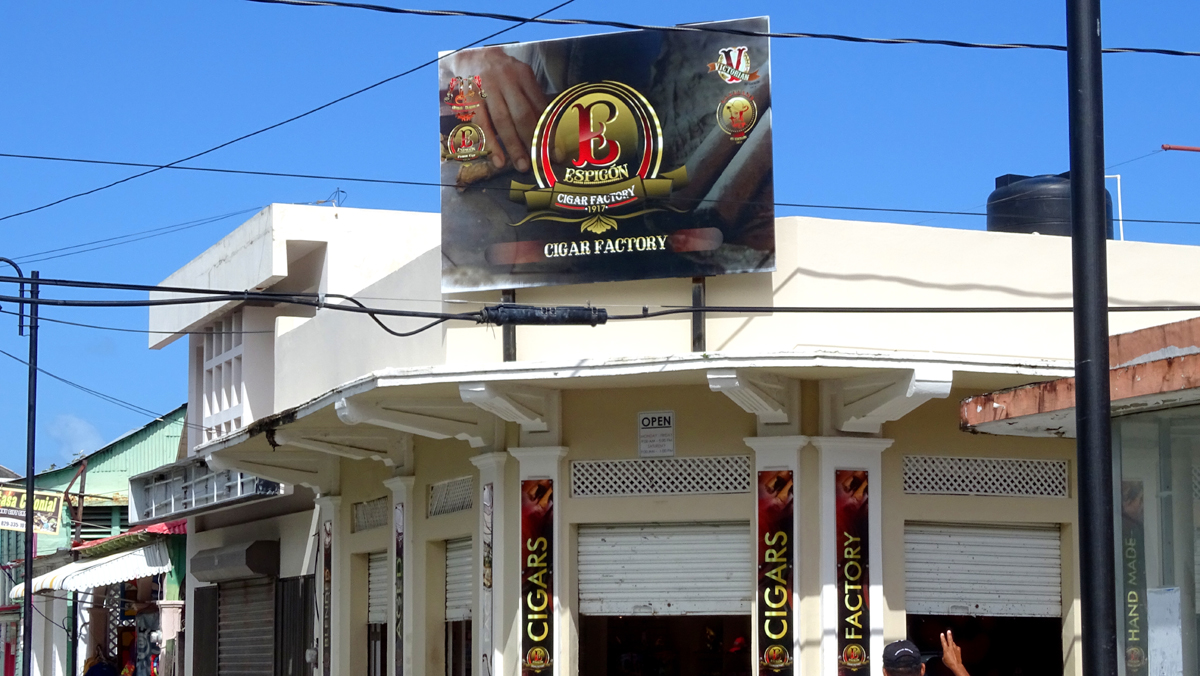
The Espigón Cigar Factory crafts premium Dominican cigars. Cigars made in the DR are the most imported cigars in the USA. 160 million a year.
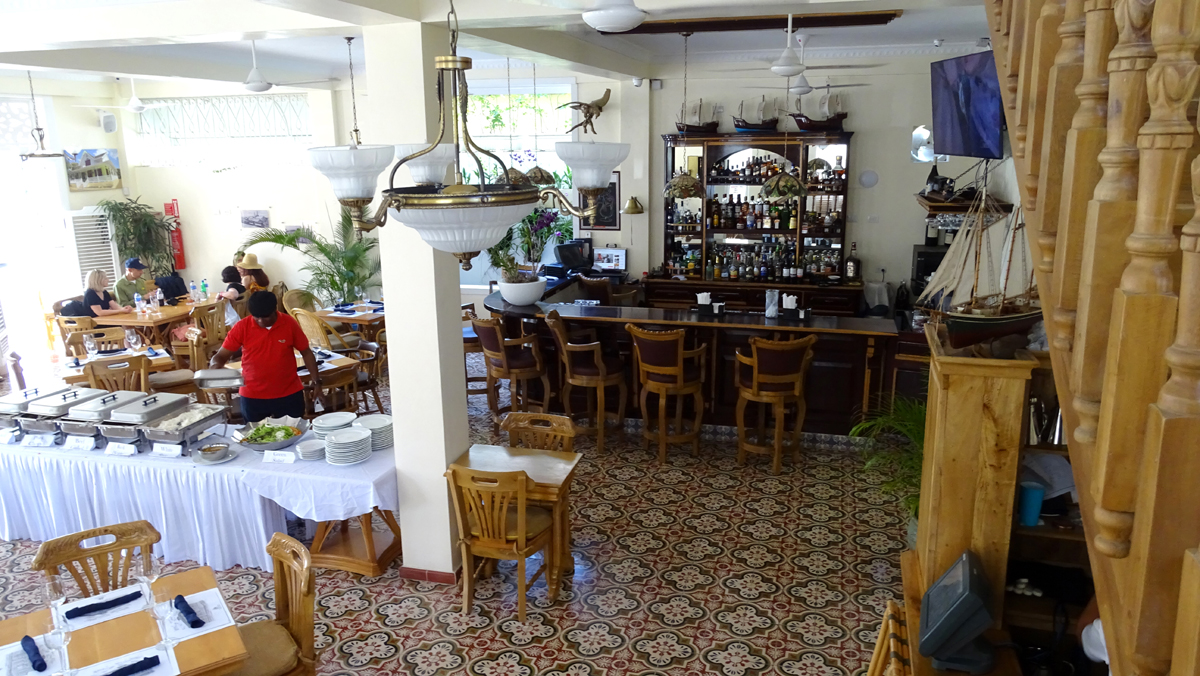
Lunch? Wouldn’t mind a break in our walking tour. Restaurants ring the main plaza.
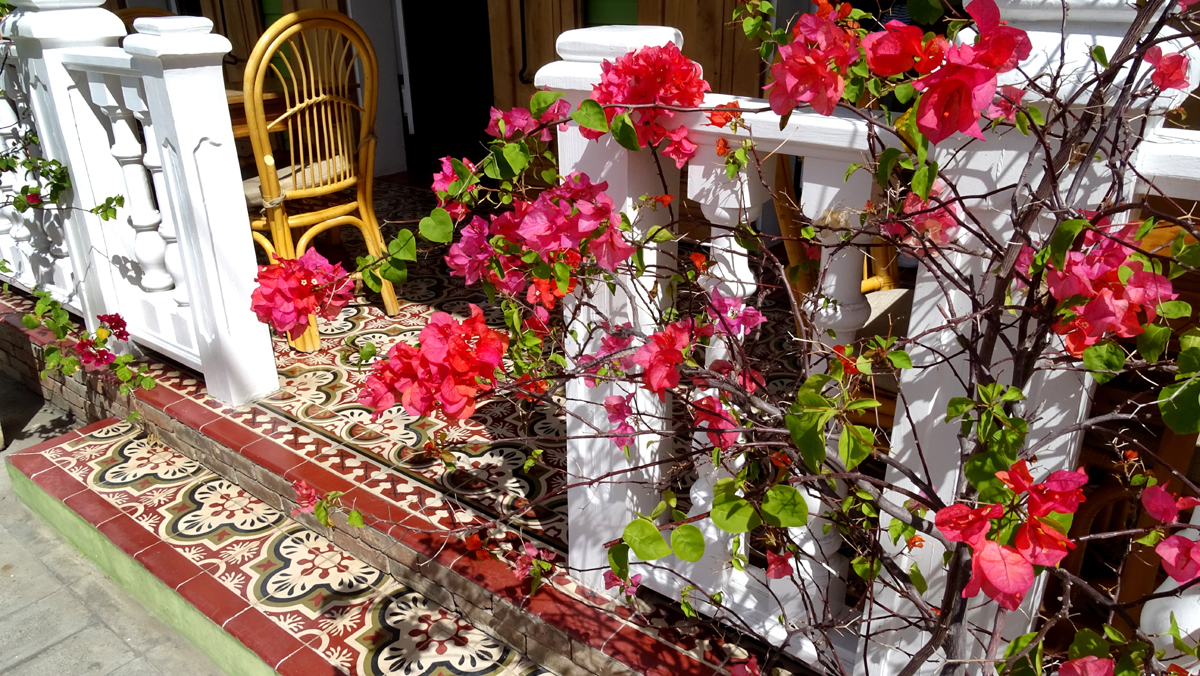
Dining is inside a gracious oasis in a converted Victorian.
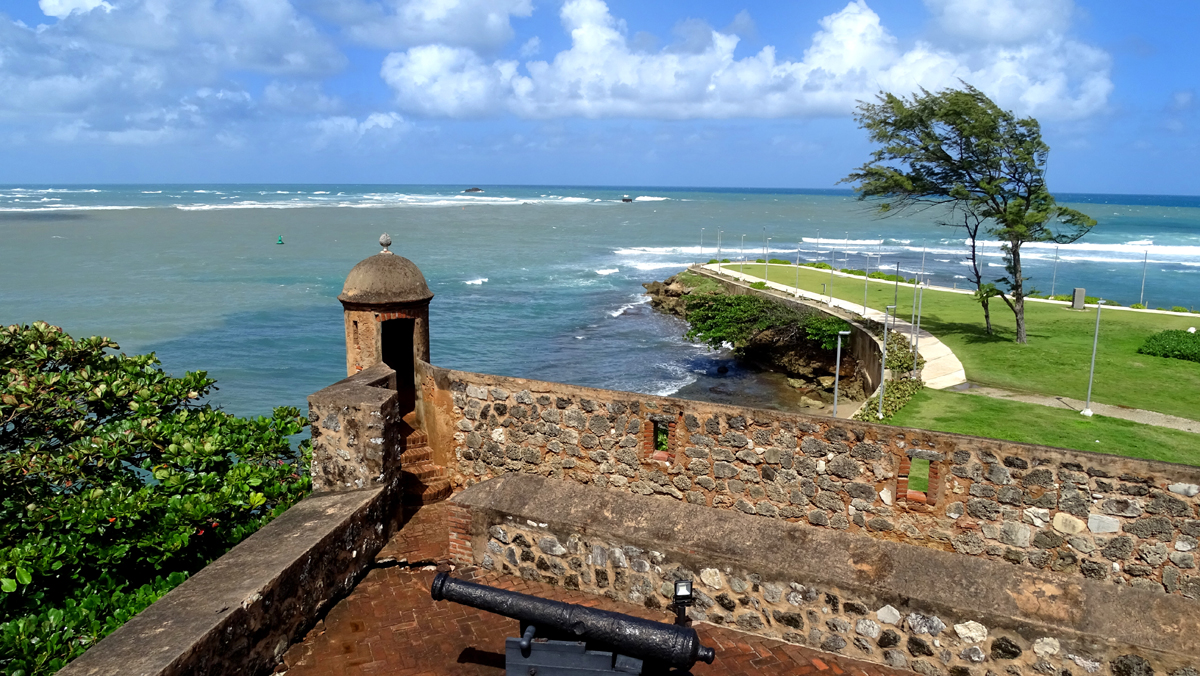
When you tour the Fort of San Felipe you are told it is one of the oldest forts in The New World. Let’s talk. Can we really still call this The New World? We call Windows 7 ancient and Columbus stepped onto the sand hereabouts 526 years ago. When does that New World smell wear off? Anyway, it is a very fine fort and it had a starring role in a largely-forgotten U.S. military operation.
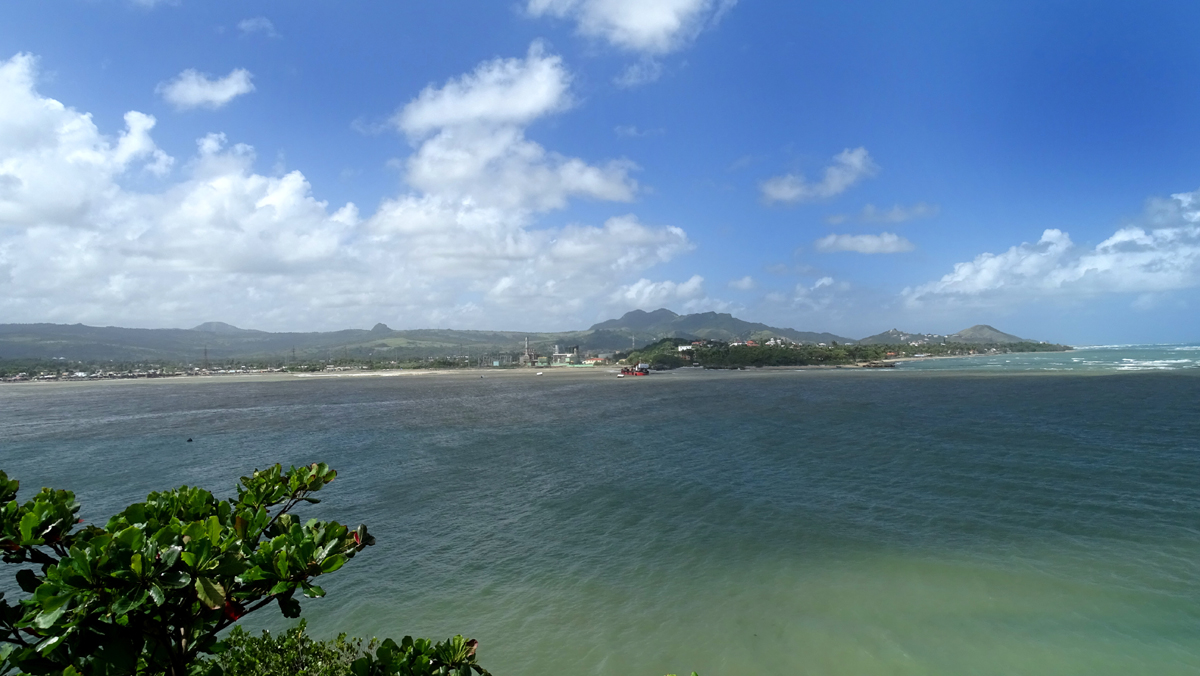
The first joint amphibious assault by the United States Navy and Marine Corps happened here at Fortaleza San Felipe and in the bay seen here from the battlement. The year is 1800. The USS Constitution, Old Ironsides (which back then still hadn’t lost its new warship smell) won that battle against the French (capturing a ship and the fort) in an obscure sea war that ended 4 months later.
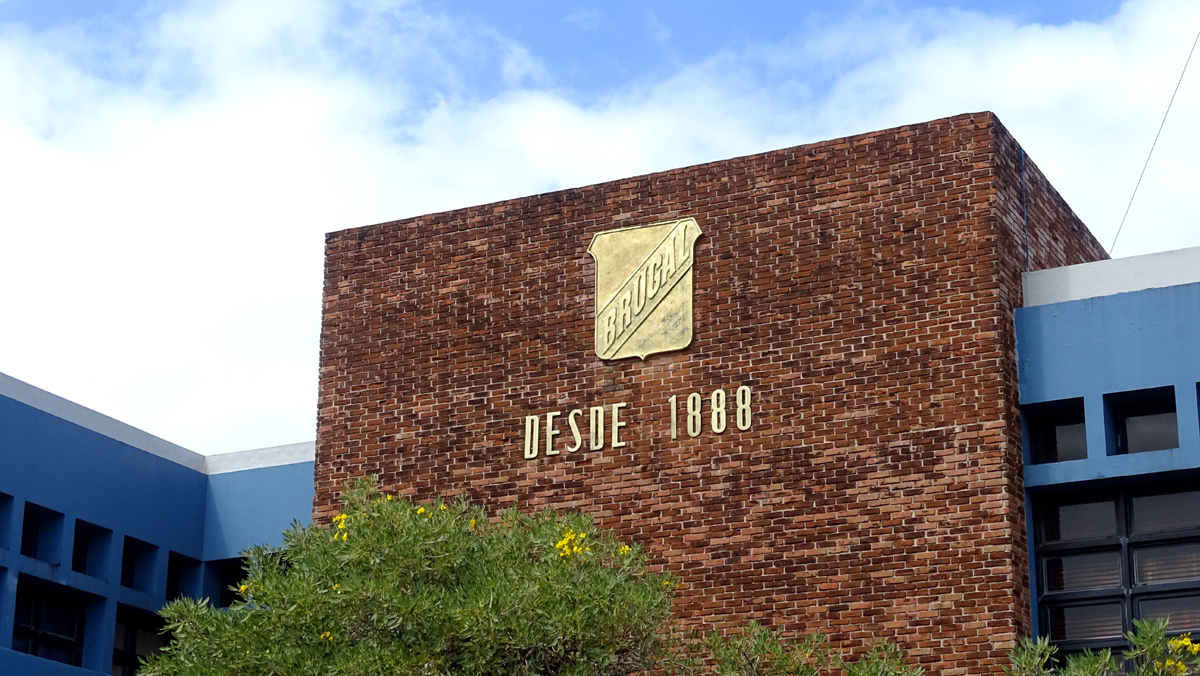
2020 is the 132nd anniversary of rum making in Puerto Plata. The premier rum of the DR is Brugal. Don Andres Brugal Montaner was a Spaniard who learned to make rum in Cuba and set up production here in Puerto Plata. The HQ is still here and tastings are offered during the factory tour.
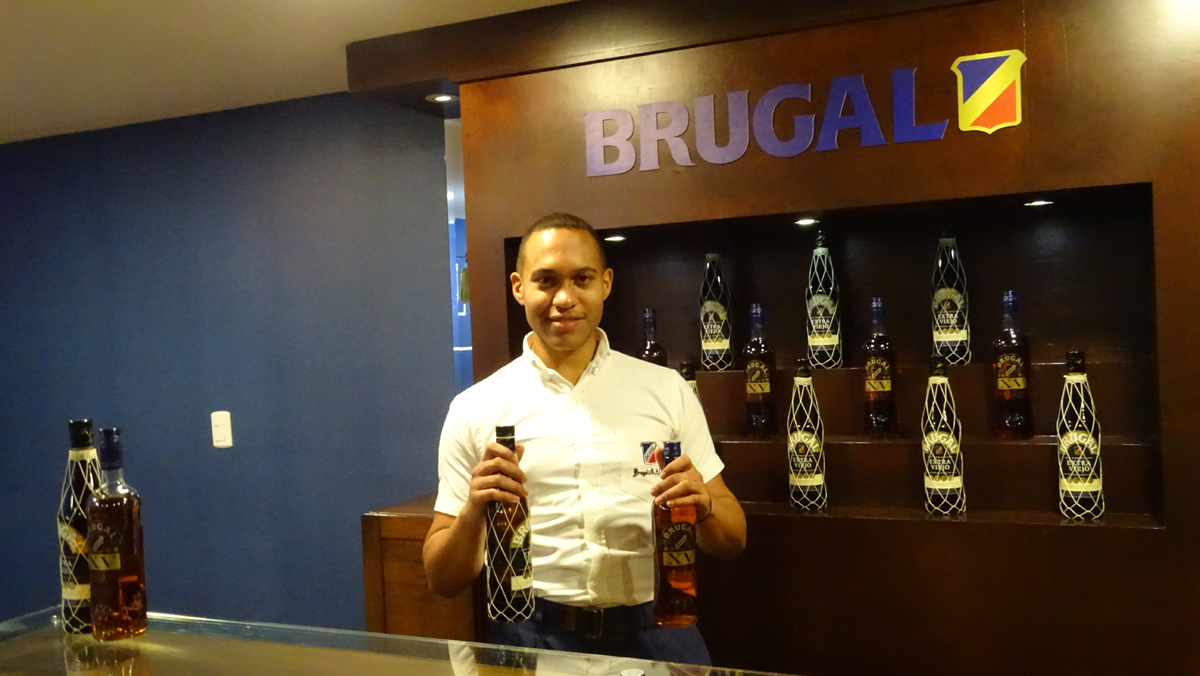
A Scottish distiller bought a majority interest a while back but the Brugal family still runs the company. Only family members can become Maestro Roneros: Rum Master Distillers. Today a 5th generation descendant named Jassil Villanueva is the first woman Maestro.

A fine rum and smooth. I recall seeing it back at the resort. Emotions by Hodelpa. All-inclusive. Enough for today.
